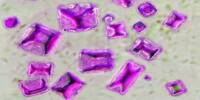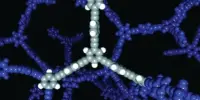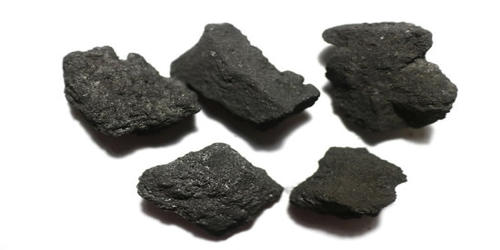Silicon (Si) is a nonmetallic chemical element in the carbon family (Group 14 [IVa] of the periodic table). Black silicon (BSi) represents a very active research area in renewable energy materials. It is a semiconductor material, a surface modification of silicon with very low reflectivity and correspondingly high absorption of visible light. One of the biggest trends in PV manufacturing today is the adoption of black silicon – a technology that has been talked about for years but has only recently started to be produced at scale. The modification was discovered in the 1980s as an unwanted side effect of reactive ion etching (RIE). In adopting black silicon, the industry had to overcome many challenges. One concern when this technology was first being explored, was that the nanotexture would not stay intact during the doping process. Other methods for forming a similar structure include electrochemical etching, stain etching, metal-assisted chemical etching, and laser treatment, and FFC Cambridge process (an electrochemical reduction process). Black silicon refers to any nanotexture, but the geometry of the nanotexure can vary and small changes on the nanoscale have a large impact on the macroscale.
Black silicon has become a major asset to the solar photovoltaic industry as it enables greater light to the electricity conversion efficiency of standard crystalline silicon solar cells, which significantly reduces their costs. Pure silicon is too reactive to be found in nature, but it is found in practically all rocks as well as in sand, clays, and soils, combined either with oxygen as silica or with oxygen and other elements as silicates.
- atomic number: 14
- atomic weight: 28.086
- melting point: 1,410 °C (2,570 °F)
- boiling point: 2,355 °C (4,270 °F)
- density: 2.33 grams/cm3
- oxidation state: −4, (+2), +4
Properties
Elemental silicon is produced commercially by the reduction of silica (SiO2) with coke in an electric furnace, and the impure product is then refined. Black silicon is a needle-shaped surface structure where needles are made of single-crystal silicon and have a height above 10 µm and a diameter less than 1 µm. is a metalloid, an element with properties of both metals and non-metals. Its main feature is an increased absorption of incident light—the high reflectivity of the silicon, which is usually 20–30% for quasi-normal incidence, is reduced to about 5%. This is due to the formation of a so-called effective medium by the needles. The melting point of silicon is 1,410°C (2,570°F) and the boiling point is 2,355°F (4,270°F). Its density is 2.33 grams per cubic centimeter.
Within this medium, there is no sharp interface, but a continuous change of the refractive index that reduces Fresnel reflection. Silicon has a hardness of about 7 on the Mohs scale. For low reflectivity, the nanoscale features producing the index graded layer must be smaller than the wavelength of the incident light to avoid scattering. Elemental silicon and most silicon-containing compounds appear to be nontoxic.
Applications
The unusual optical characteristics, combined with the semiconducting properties of silicon make this material interesting for sensor applications. Potential applications include:
- Image sensors with increased sensitivity.
- Thermal imaging cameras.
- Photodetector with high-efficiency through increased absorption
- Mechanical contacts and interfaces.
- Solar cells.
- Ammonia Gas Sensors.















